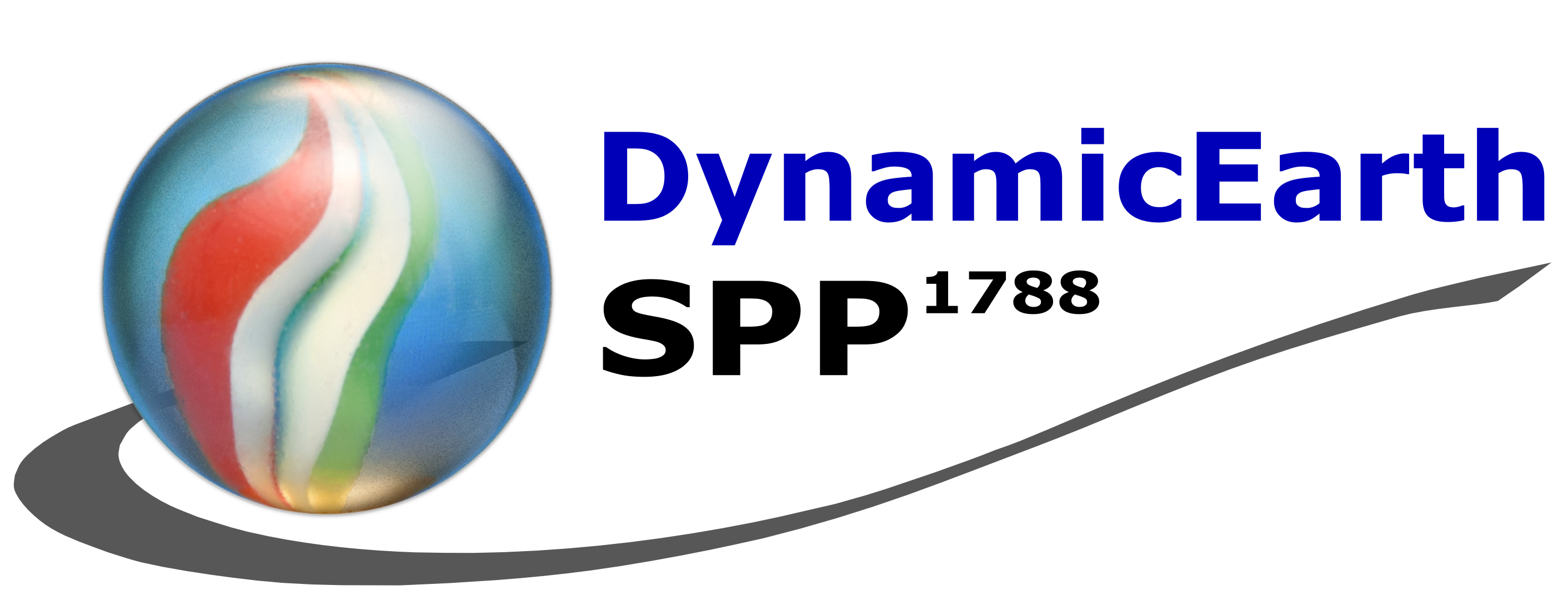Recent research has shown that the ozone budget in the middle atmosphere (10 to 90 km) can be coupled to the upper atmosphere via intrusions of NOx (N, NO, NO2) from its source region in the lower thermosphere (90 to 120 km) during polar winter. As ozone is one of the key species of radiative heating in the middle atmosphere, changes to the ozone budget there can affect atmospheric temperatures and circulation down to the surface. As the strength of these NOx intrusions varies with geomagnetic activity, these winter-time NOx enhancements are therefore in principle another mechanism for the possible impact of solar variability on the climate system. However, state-of-the-art chemistry-climate models are currently not able to correctly describe the source region and the amount of NOx which is transported down to the middle atmosphere. To correctly model this coupling from the upper atmosphere down to the middle and lower atmosphere, a good description of the source region in the lower thermosphere is needed, describing the principle processes related to geomagnetic activity at high latitudes: changes to the chemical composition due to precipitating auroral electrons, Joule heating, and subsequent increased infrared cooling from enhanced NO as well as excitation of gravity waves. As gravity waves excited in the lower thermosphere at high latitudes are known to propagate equatorwards as well as upwards, the latter process can also affect the environment of low-Earth orbit satellites. In this project, we will address this issue using the coupled chemistry-climate model xEMAC extending into the lower thermosphere in the following way: Joule heating and particle precipitation in the model will be constrained temporally and spatially by observations from the Swarm instruments, in cooperation with our partner at the Jacobs University of Bremen. Both geomagnetically quiet times and very active periods will be investigated. The model will be extended upward to investigate the satellite environment as a precursor for follow-up studies in the second phase of the priority program. The model response will be validated against observations where possible, and model results will be analyzed to investigate the impact of Joule heating and particle precipitation on the chemical composition, temperature, and circulation of the lower thermosphere separately and combined, as well as its coupling to the middle and lower atmosphere, and to the upper atmosphere. With this project, we will contribute to a better understanding of the solar-climate coupling and improve its representation in current state-of-the art chemistry-climate models, as well as to a better understanding of solar forcing of the satellite environment via geomagnetic activity in the lower thermosphere.
